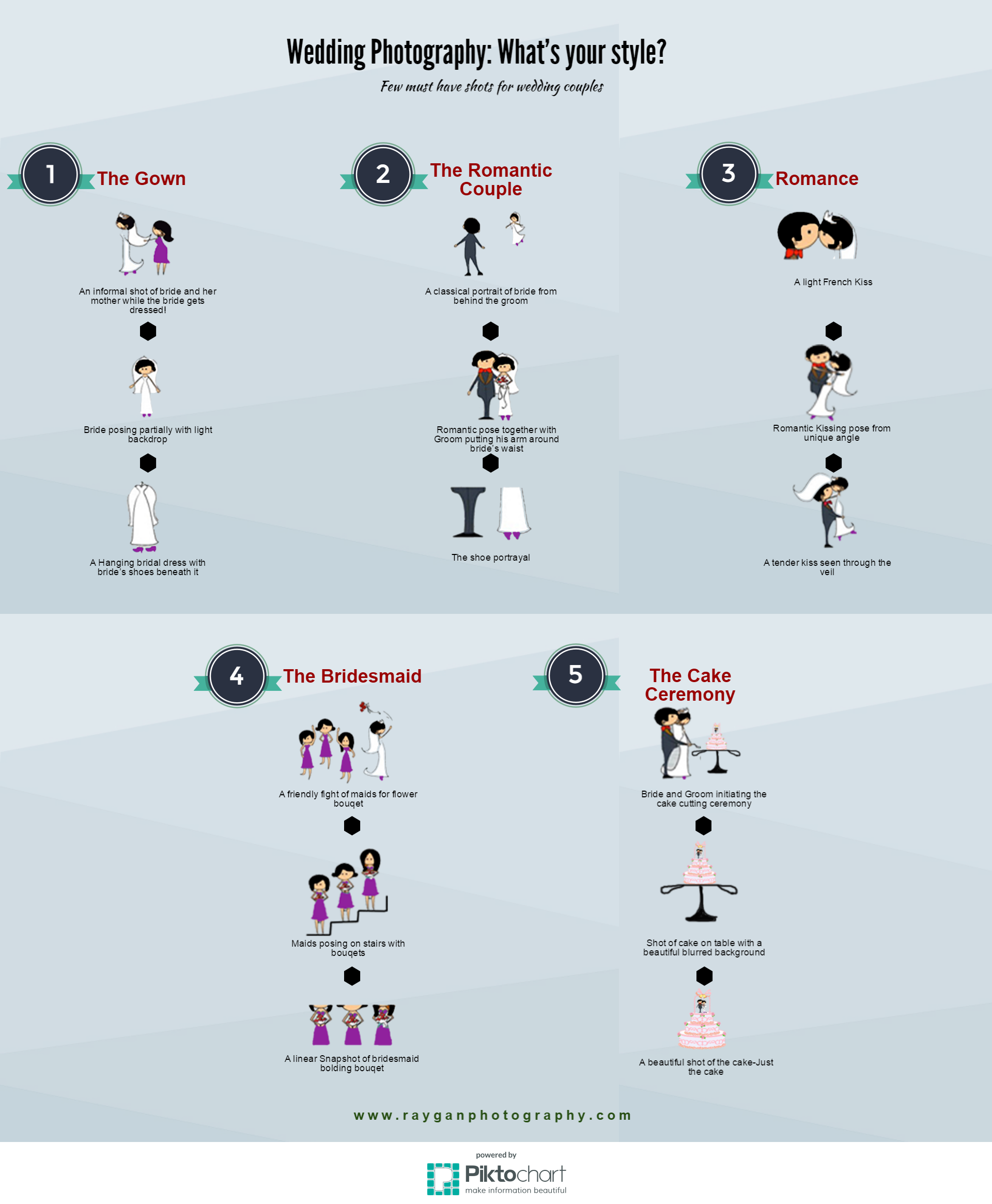Change Your Photography By Mastering Lighting Methods That Can Boost Your Pictures-- Discover The Typical Pitfalls That Could Be Holding You Back
Change Your Photography By Mastering Lighting Methods That Can Boost Your Pictures-- Discover The Typical Pitfalls That Could Be Holding You Back
Blog Article
Article Created By-Hinson Olsson
As a professional photographer, you recognize that lights can make or damage your photos. Comprehending the subtleties of both natural and fabricated light is essential for catching the mood and quality you aim for in your work. Whether you're chasing after the best gold hour radiance or adjust your synthetic configurations, mastering these components can elevate your photography substantially. But there are common challenges that several ignore, and recognizing them can transform your approach to every shoot. Allow's explore what you could be missing and exactly how it can impact your outcomes.
Understanding Natural Light
Comprehending natural light is important for any type of professional photographer seeking to boost their work. It's the foundation of fantastic digital photography, affecting state of mind, tone, and clarity. When you shoot outdoors, take notice of the moment of day. The gold hour-- shortly after dawn and prior to sundown-- offers soft, cozy light that can transform ordinary scenes right into spectacular photos.
Do not take too lightly the power of cloudy days. Cloud cover diffuses sunlight, creating a soft, even light that's ideal for pictures and macro photography. You'll discover colors pop in this kind of lights without harsh shadows.
https://squareblogs.net/florinda146marcus/easy-ways-to-boost-your-picture-photography , too. Constantly consider your subject's positioning to the light. If the sunlight's behind your subject, you may end up with a shape, which can be remarkable but mightn't be what you desire. On the other hand, direct sunlight can develop unflattering darkness.
Try out angles; sometimes, changing your point of view can yield fantastic outcomes. Use all-natural reflectors, like water or sand, to bounce light onto your subject, adding dimension.
Mastering Artificial Light
Mastering artificial light is important for photographers that wish to take their abilities to the next level. Whether you're making use of speedlights, studio strobes, or continuous lights, understanding exactly how to control these resources can dramatically improve your photos.
Begin by familiarizing on your own with the essentials of light top quality, direction, and color temperature. Explore different modifiers like softboxes, umbrellas, or grids to regulate the soft qualities or harshness of the light.
You'll locate that soft light often produces lovely results, while harsher light can include drama and deepness. Don't shy away from darkness; they can enhance the three-dimensionality of your topics.
Pay attention to the placement of your lights. A light located as well near your topic can develop uncomplimentary results, while also away can result in an absence of detail. Make use of a light meter or your cam's pie chart to ensure you're subjecting properly.
Last but not least, keep in mind that fabricated light can be combined with ambient light for innovative results. Stabilizing these sources could take technique, once you understand it, your photography will absolutely shine.
Strategies for Different Situations
When you enter various shooting circumstances, adjusting your lights strategies is essential for catching the very best pictures. For outdoor pictures, utilize the golden hour-- morning or late afternoon light-- to soften darkness and boost skin tones.
If it's a severe midday sunlight, take into consideration utilizing a reflector to bounce light back onto your topic or look for shaded locations for a more also exposure.
In low-light scenarios, like indoor events, raise your ISO and make use of a large aperture to let in even more light. A tripod can help remove camera shake, enabling longer direct exposures without blurring.
If you're contending evening, experiment with off-camera flash to develop vibrant illumination and depth in your pictures.
For Read This method , make use of diffused illumination to avoid severe representations. Softboxes or light tents can help accomplish this effect.
When photographing landscapes, think about the instructions of light and time of day, as it can substantially alter the mood of your shot.
Constantly prepare to change your settings and positioning based upon the circumstance, as versatility is essential to understanding illumination in photography.
Verdict
To conclude, mastering lighting is essential to elevating your photography skills. Welcome natural light's beauty during golden hour, and don't shy away from try out synthetic light techniques. By adjusting your approach to various scenarios, you'll catch sensational images that resonate with feeling and clearness. Bear in mind, the ideal illumination can transform a regular shot into something extraordinary, so keep exercising and refining your understanding of both natural and man-made light. Pleased shooting!
